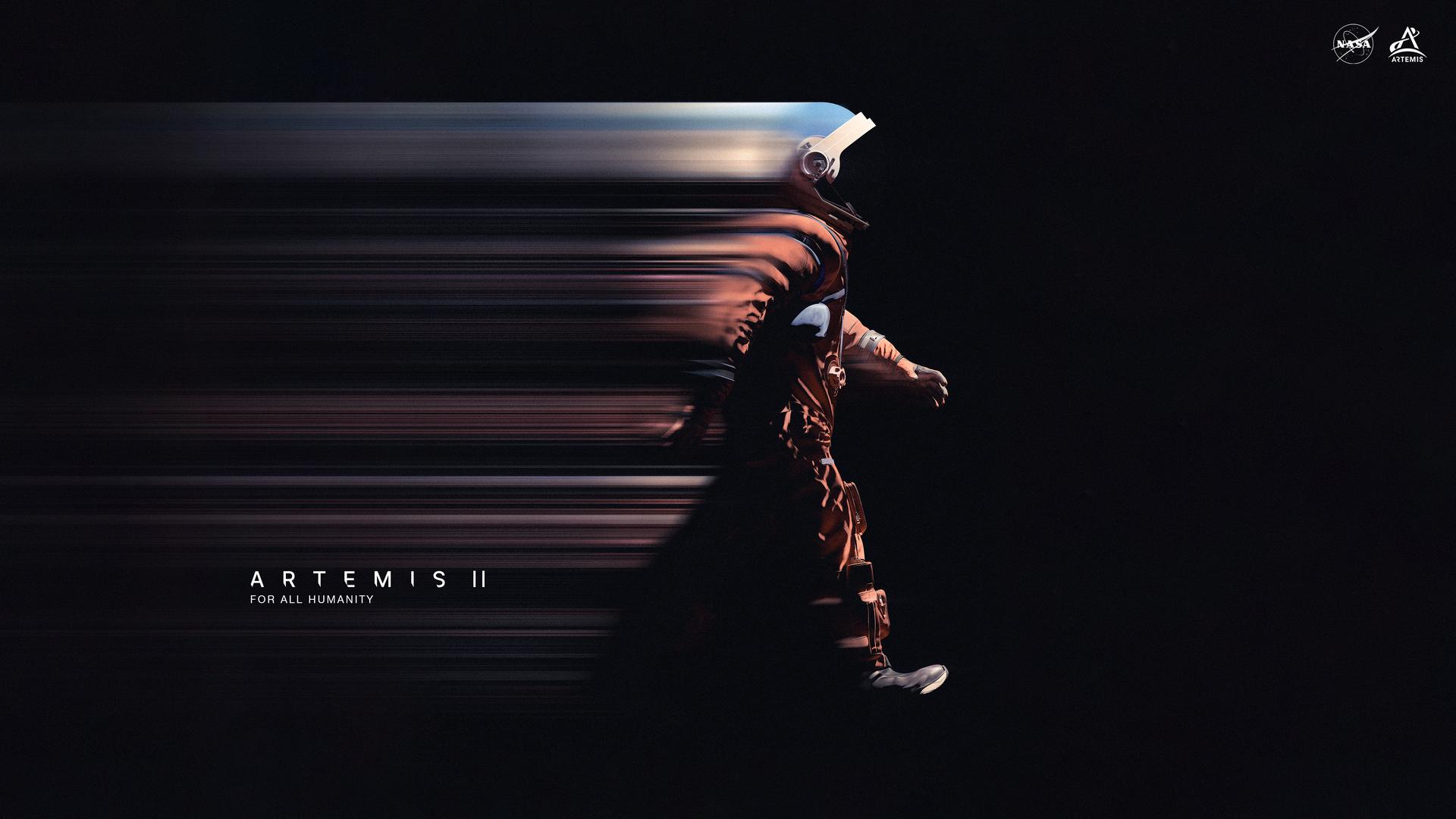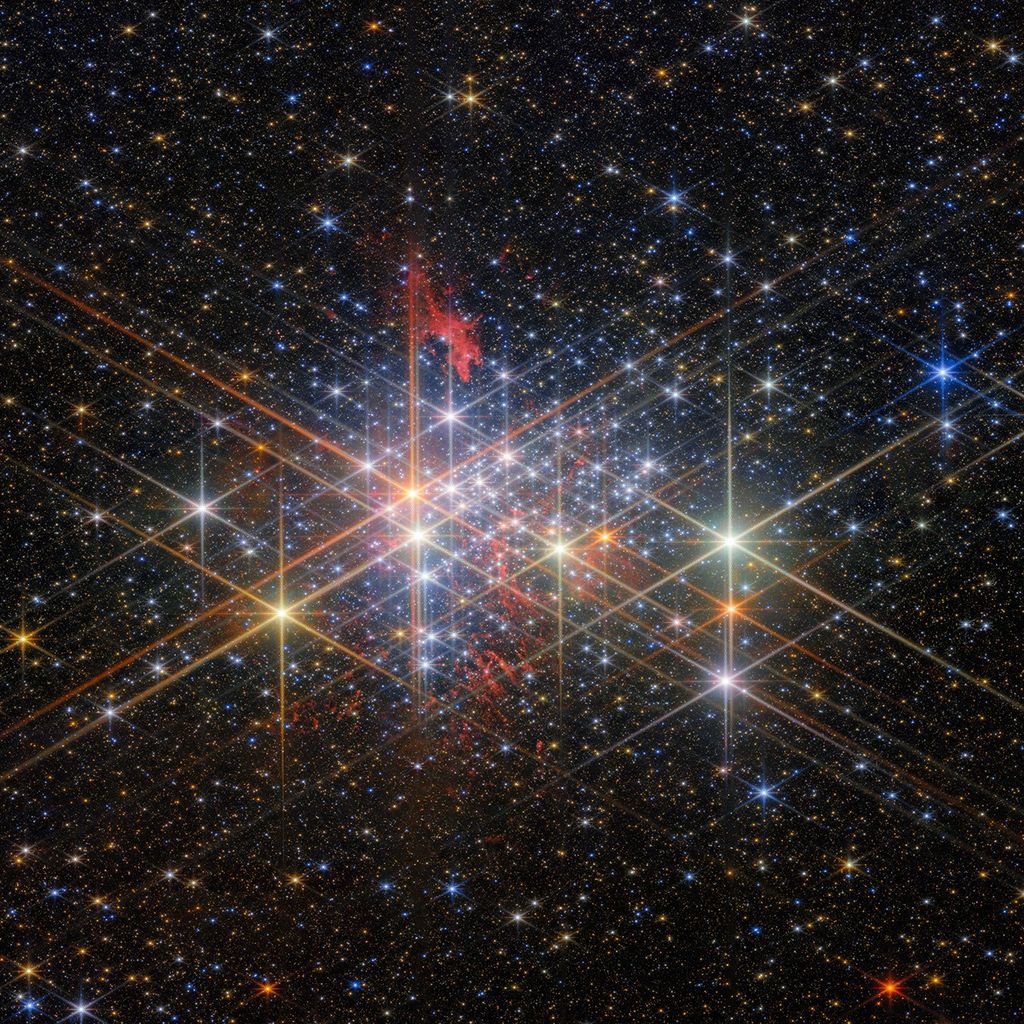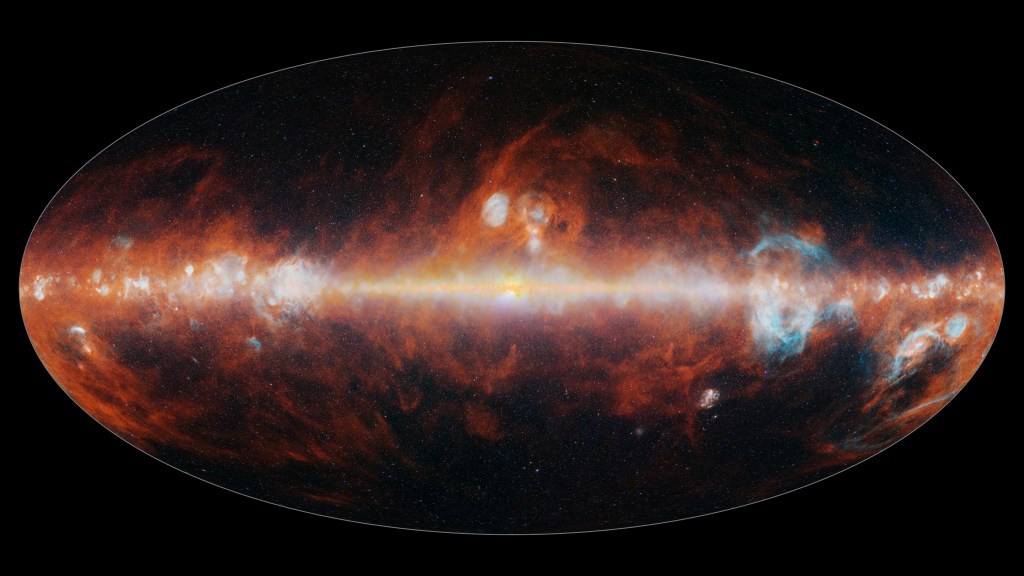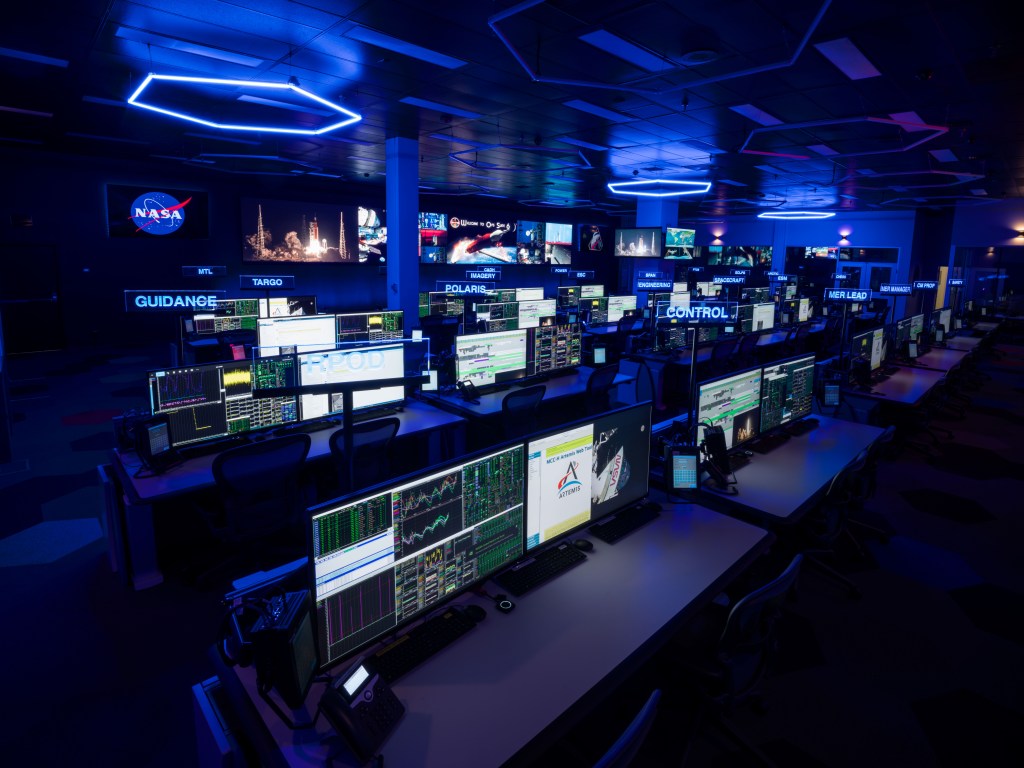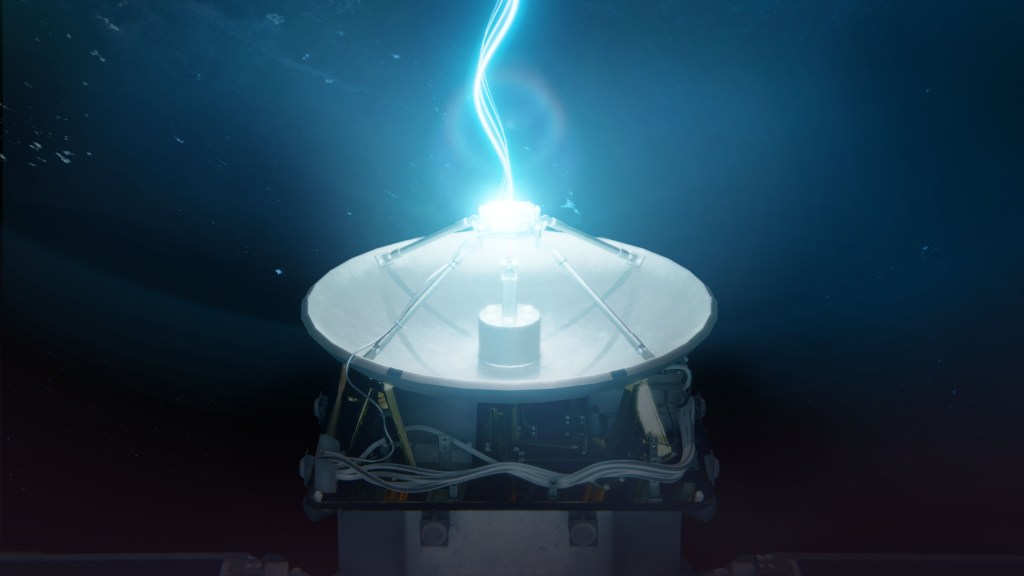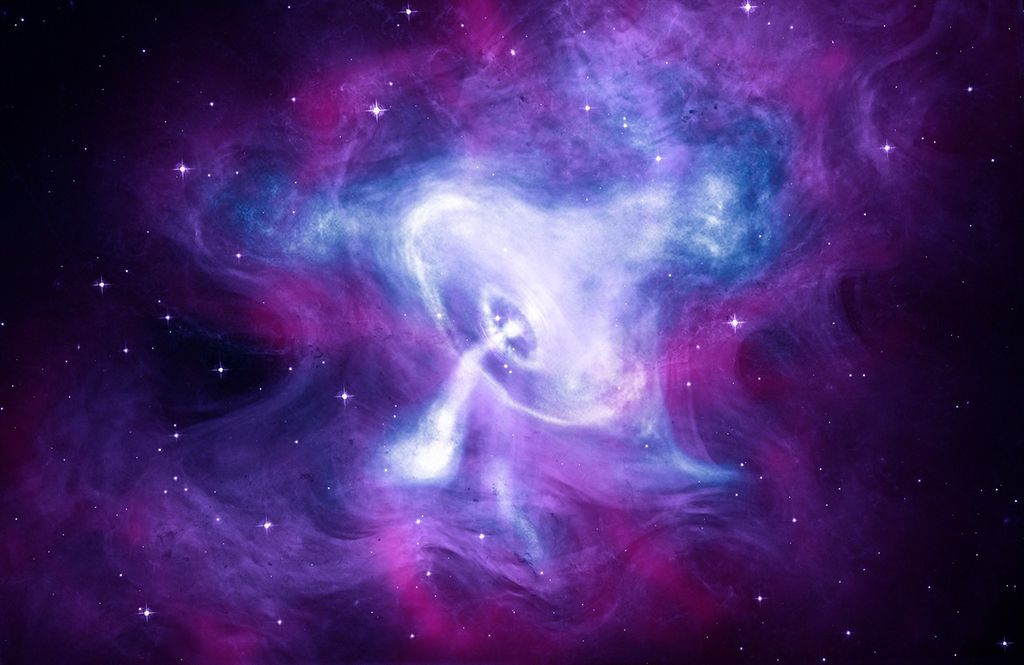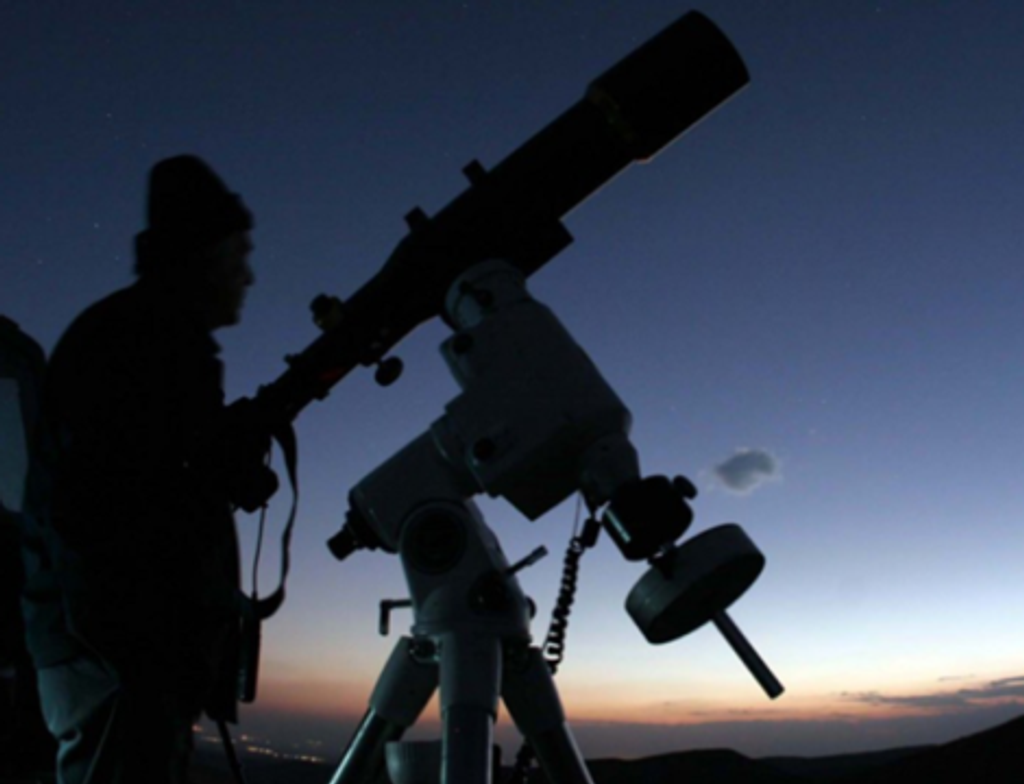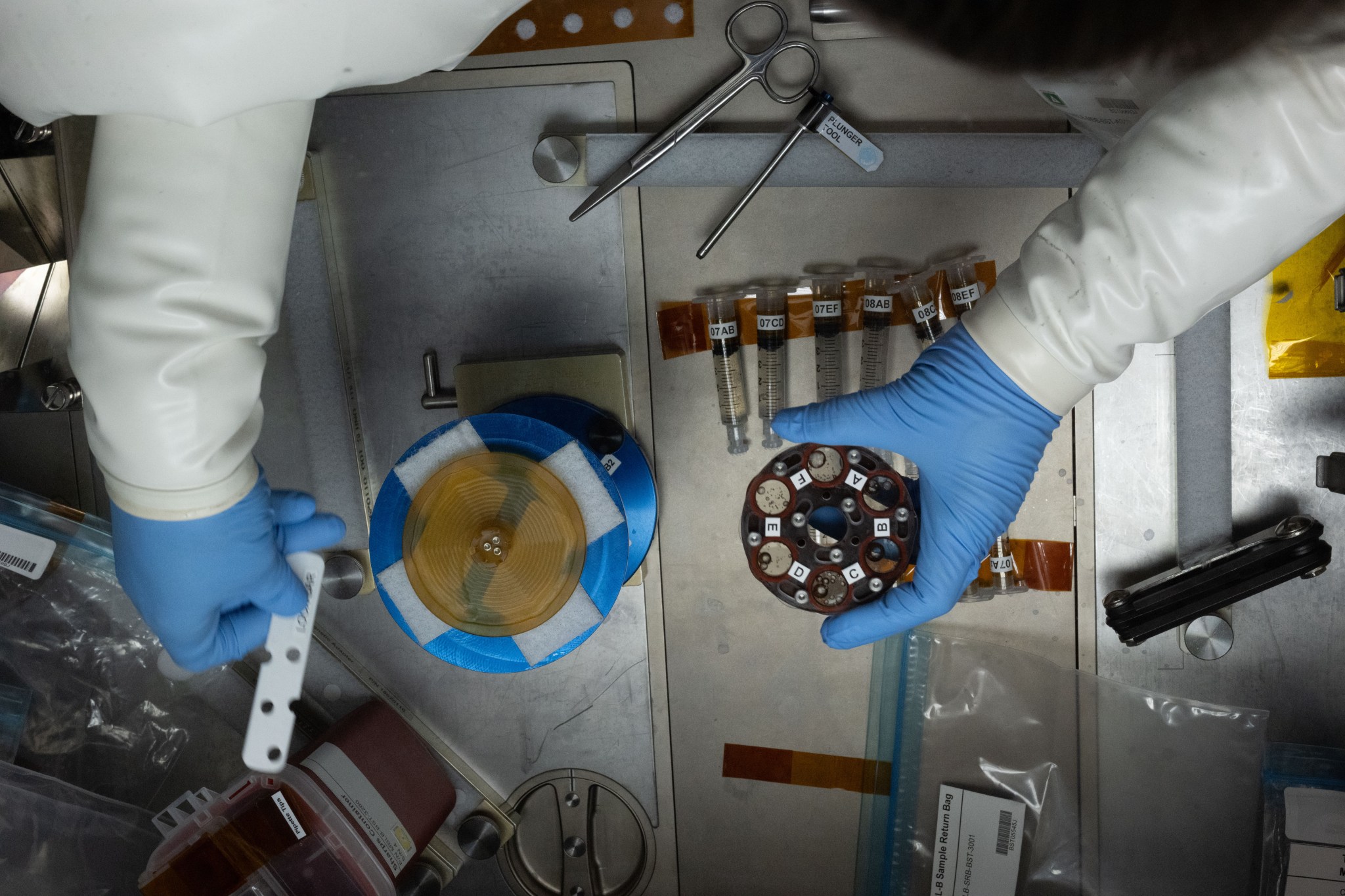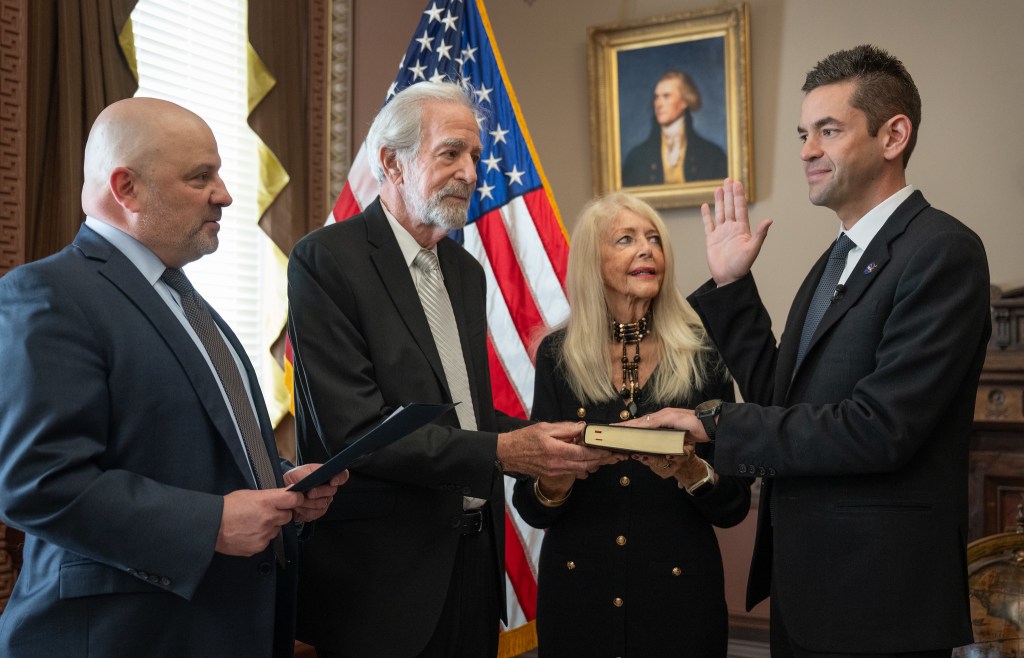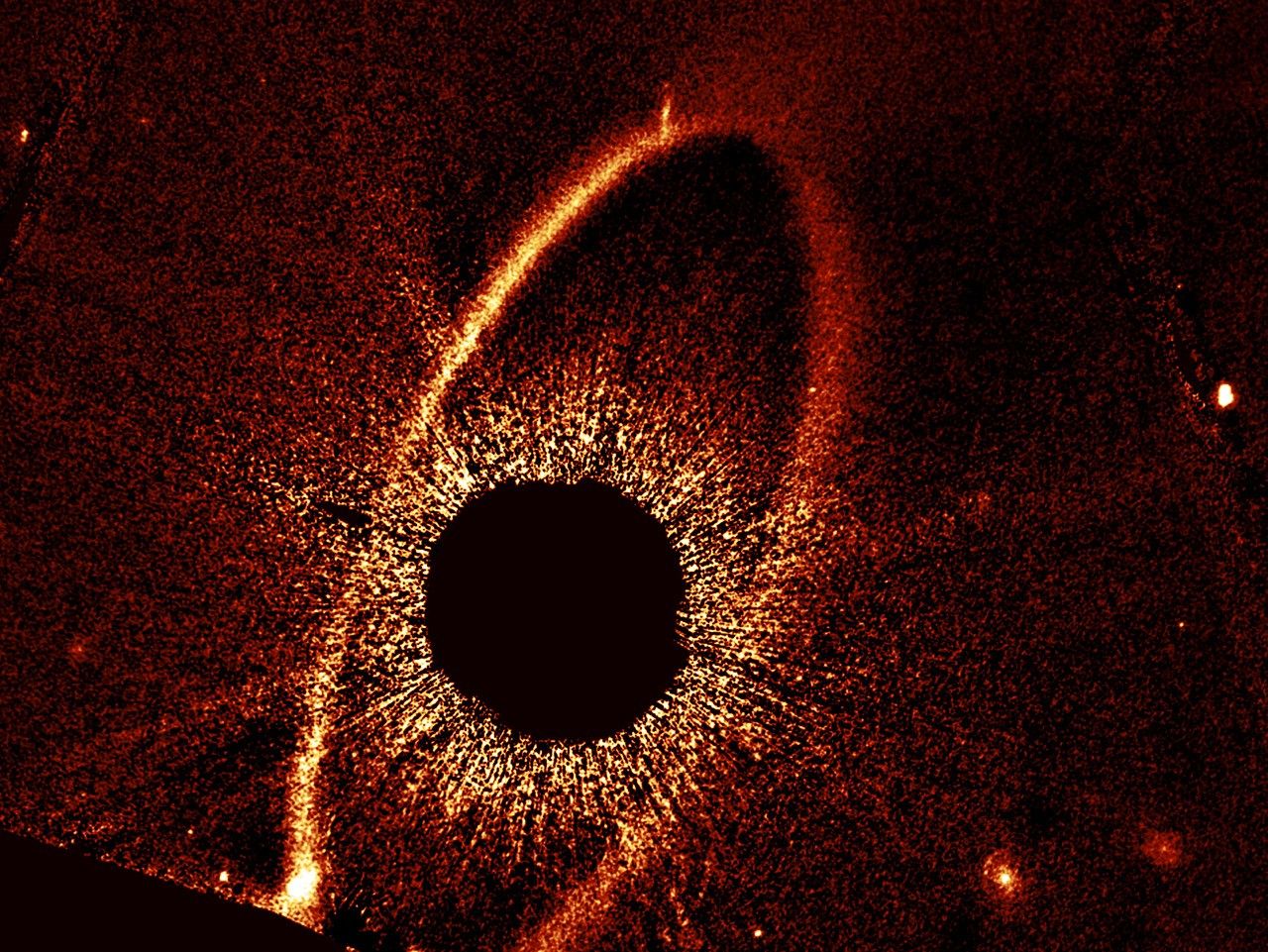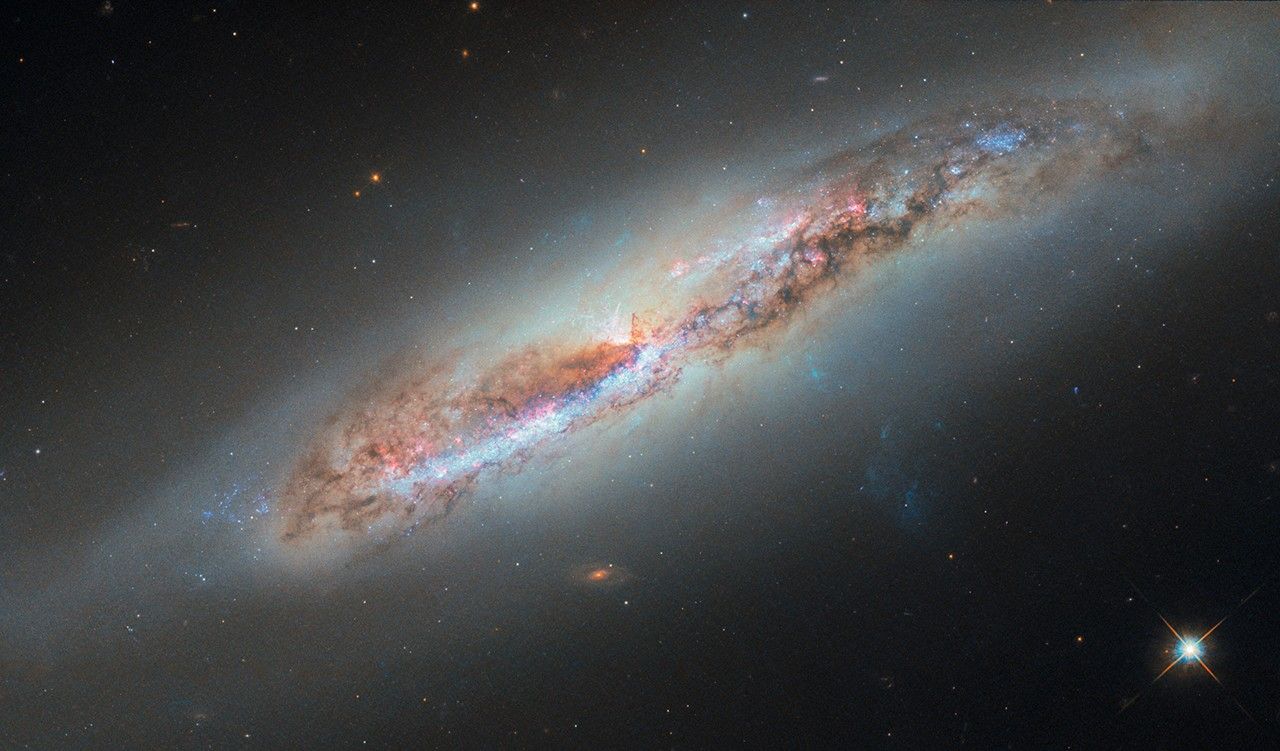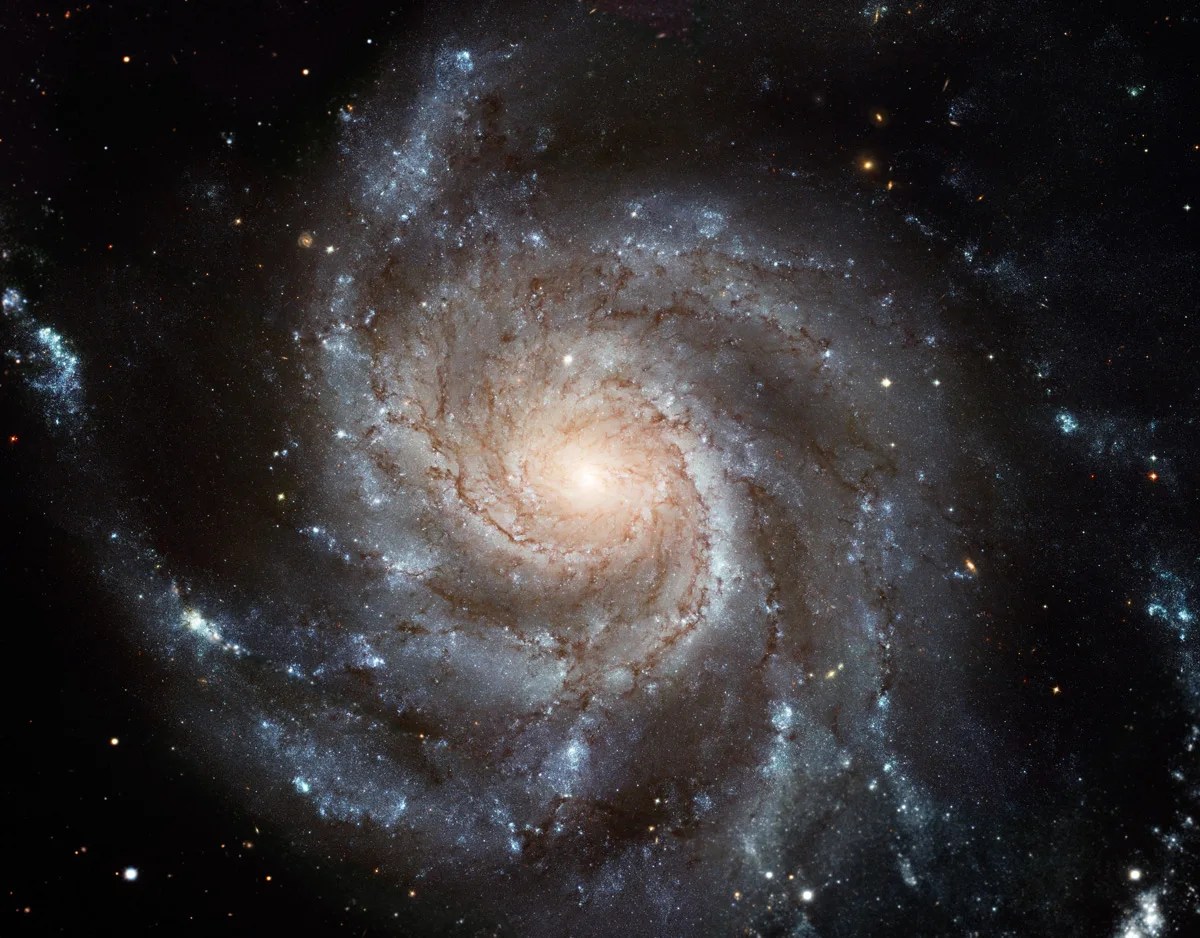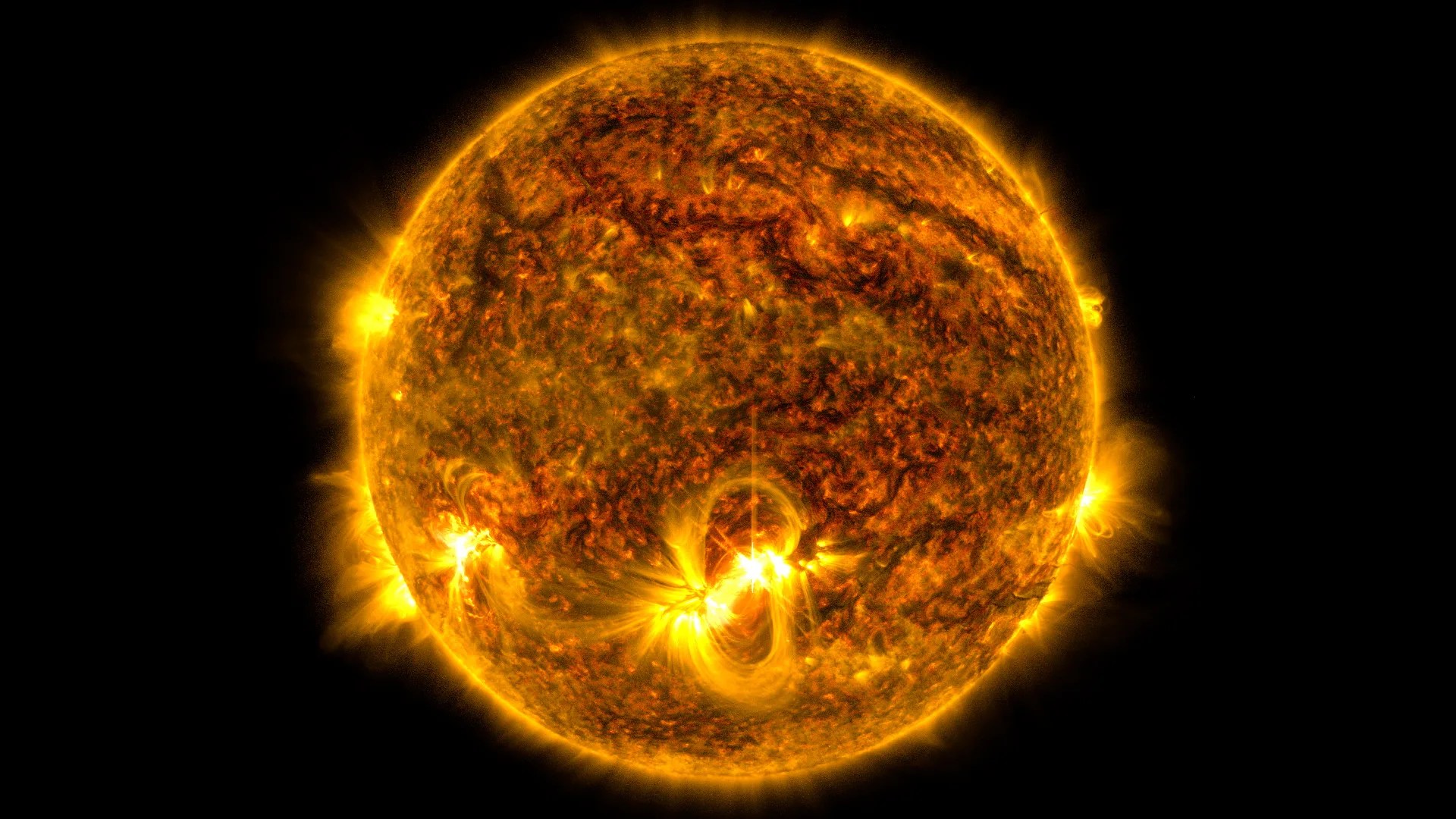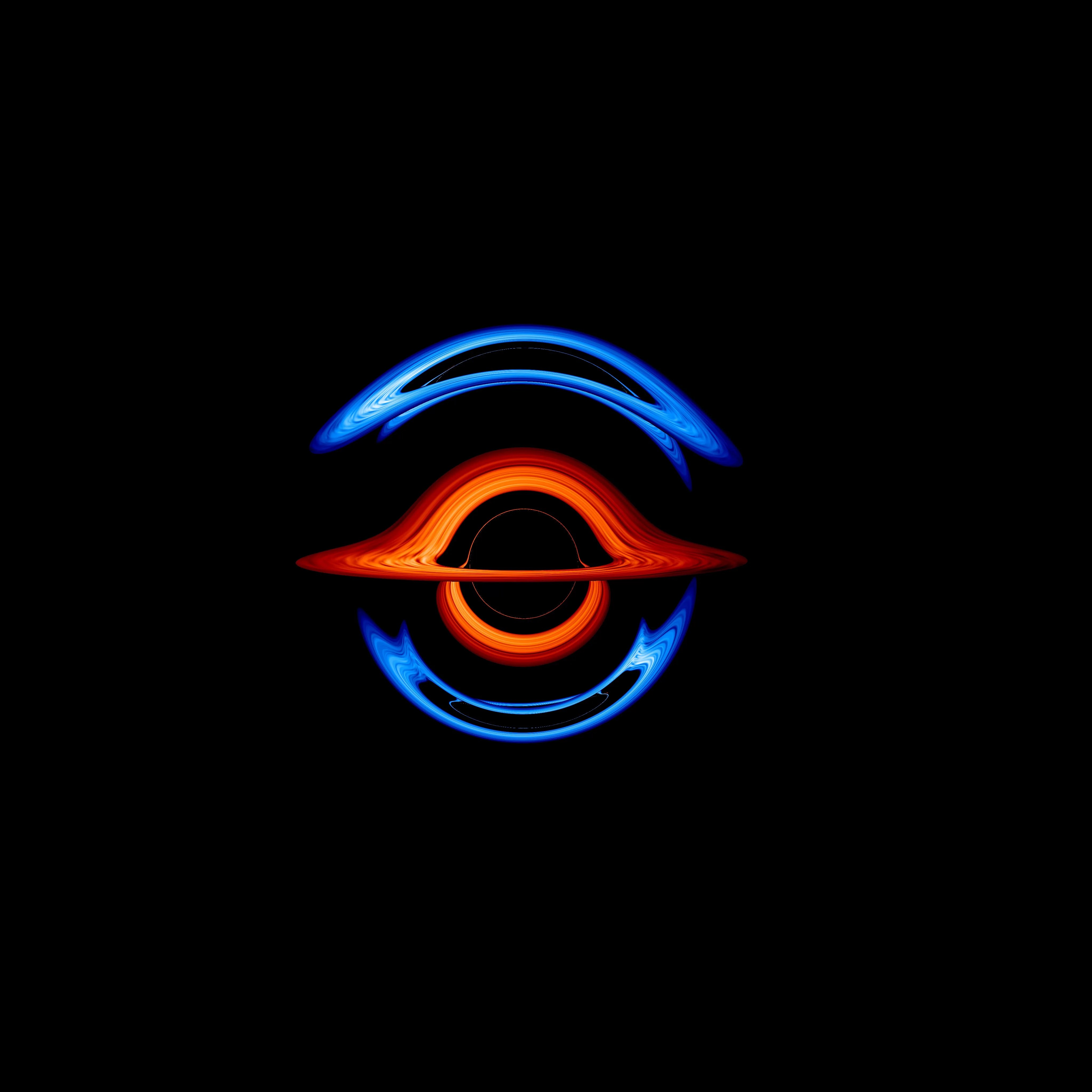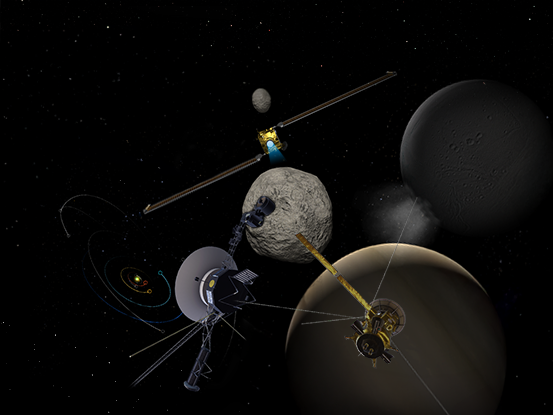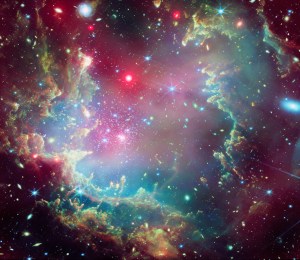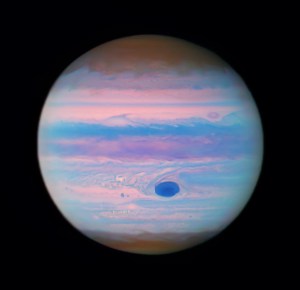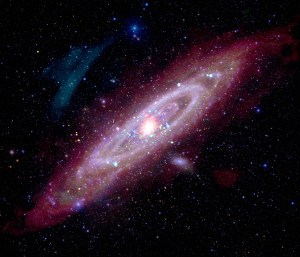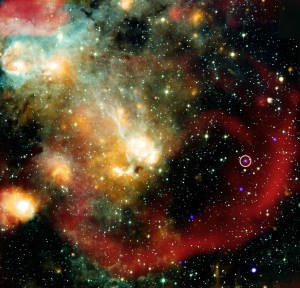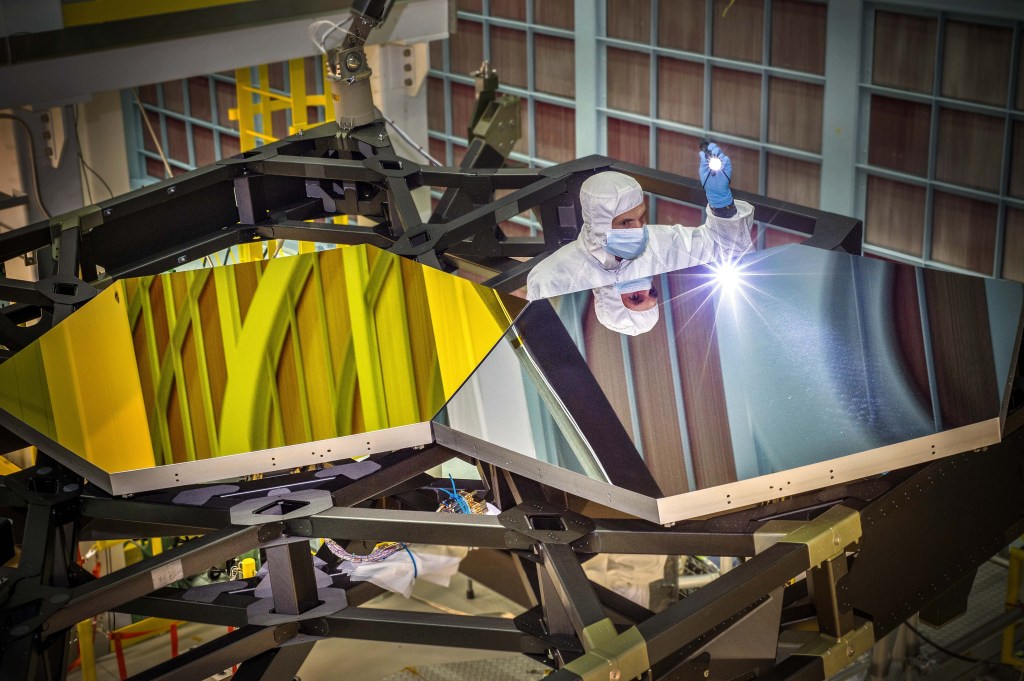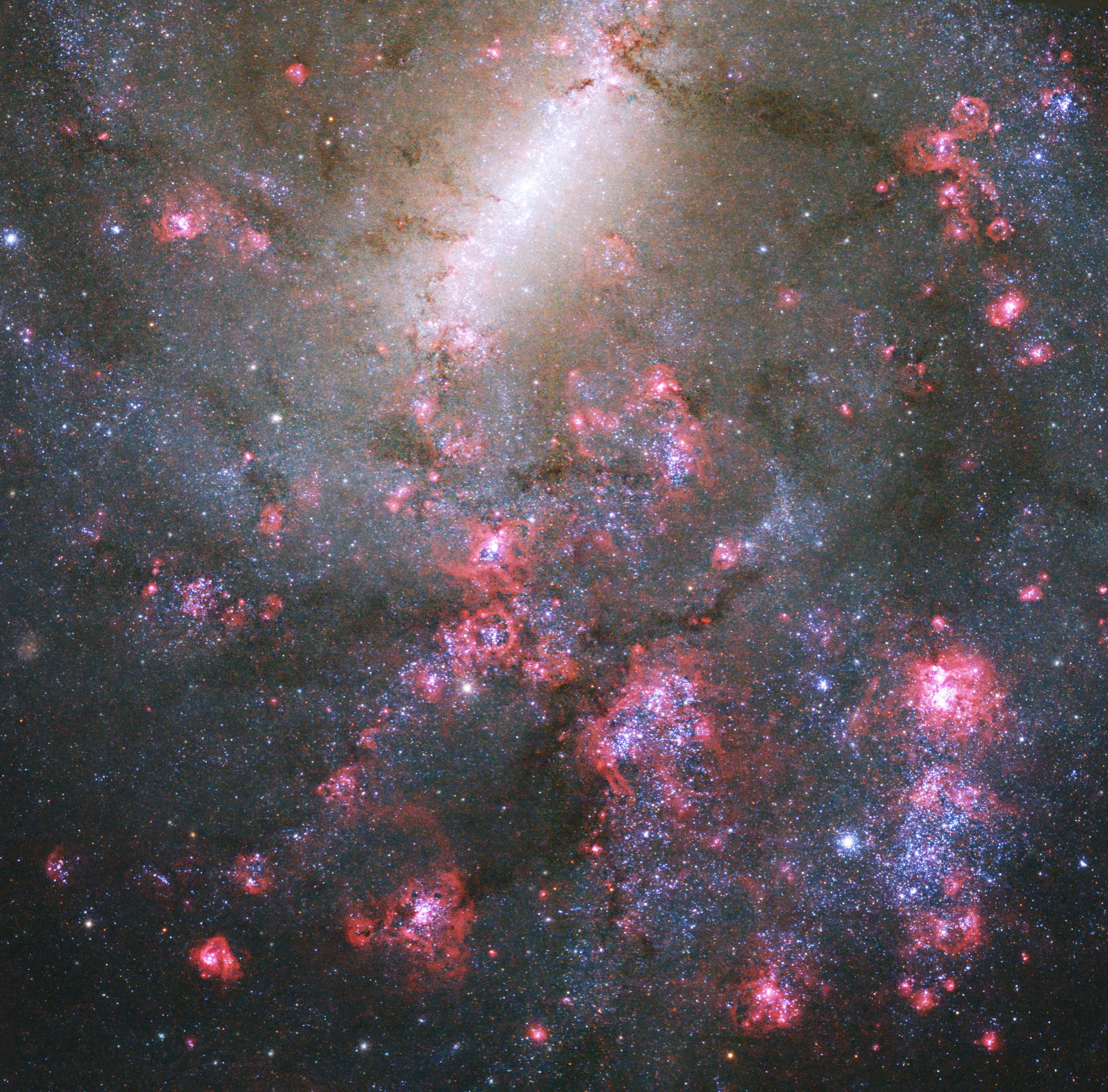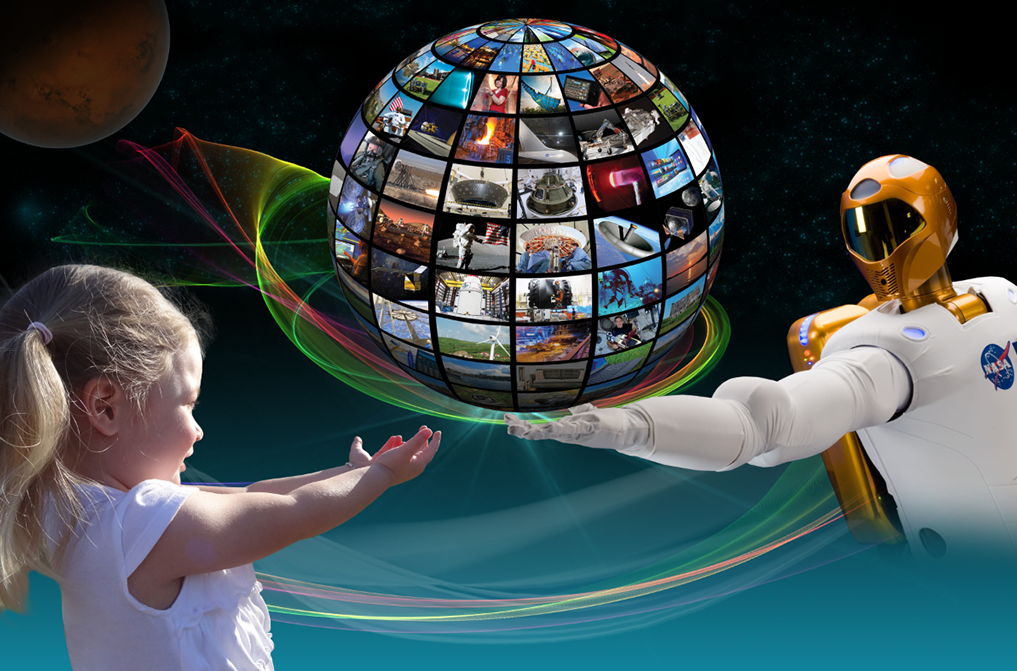Featured News

NASA Announces 2025 International Space Apps Challenge Global Winners
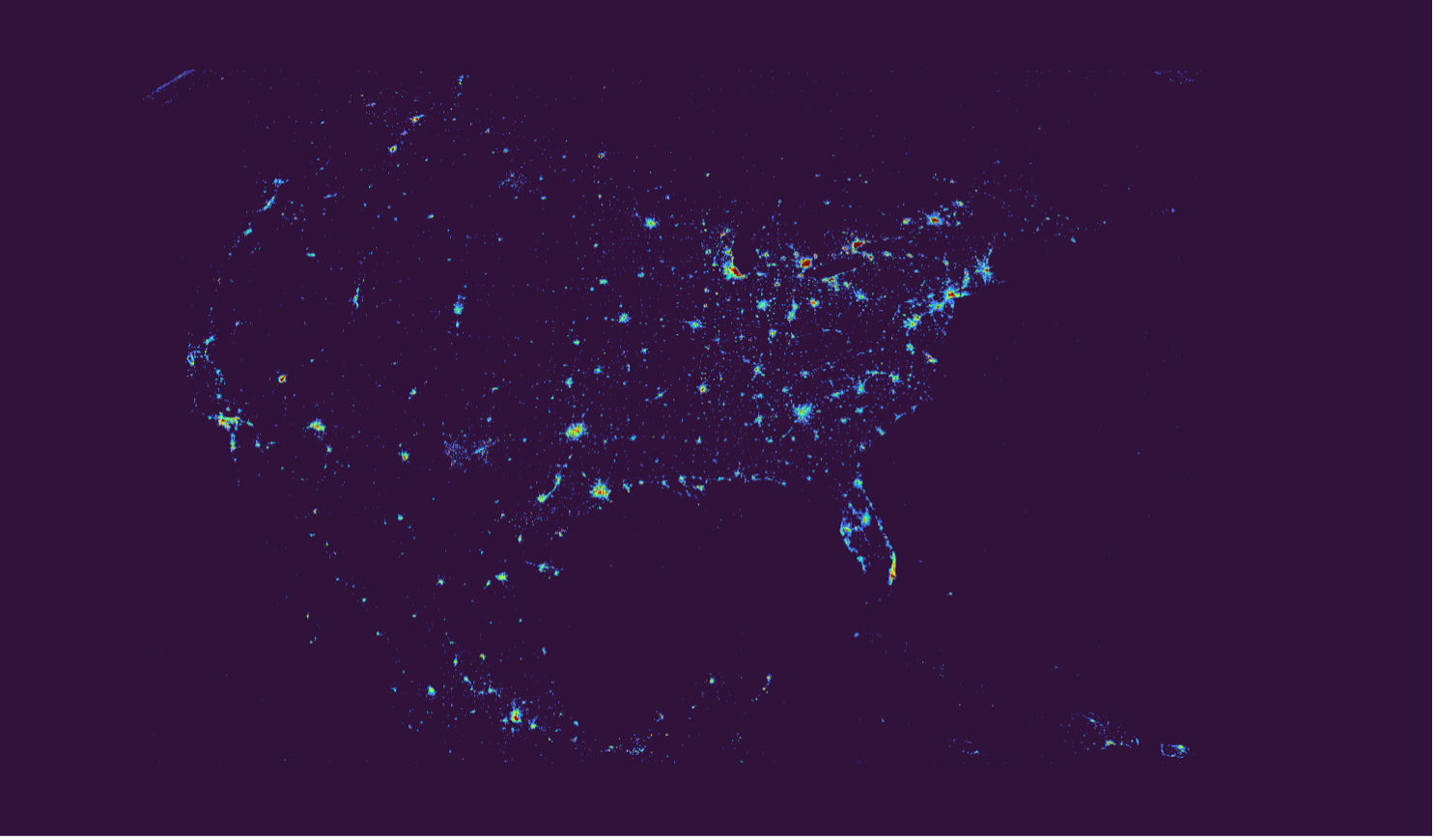
NASA Instrument Reveals New Ability to Gather Nighttime Light Data
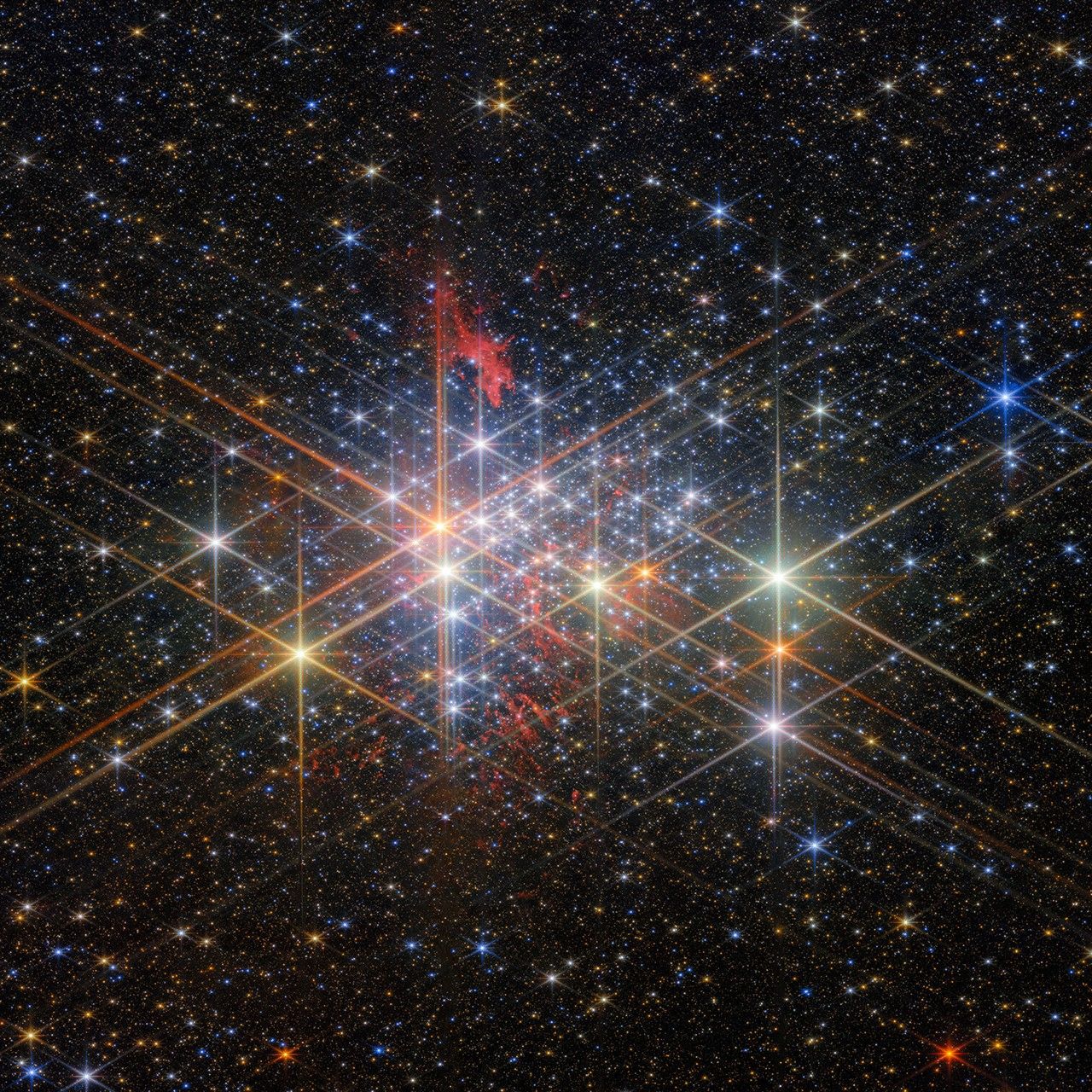
NASA’s Fermi Spots Young Star Cluster Blowing Gamma-Ray Bubbles

NASA Ignites New Golden Age of Exploration, Innovation in 2025
SPHEREx’s First All-Sky Map
Launched in March, NASA’s SPHEREx space telescope has completed its first infrared map of the entire sky in 102 colors. While not visible to the human eye, these 102 infrared wavelengths of light are prevalent in the cosmos, and observing the entire sky this way enables scientists to answer big questions, including how a dramatic event that occurred in the first billionth of a trillionth of a trillionth of a second after the big bang influenced the 3D distribution of hundreds of millions of galaxies in our universe.
Learn MoreWelcome to the Universe
Today
Image Of The Day
Water Droplet Science
NASA astronaut Don Pettit demonstrates electrostatic forces using charged water droplets and a knitting needle made of Teflon.
Image Galleries
Explore the Universe from your Inbox
Stay up-to-date on the latest news from NASA–from Earth to the Moon, the Solar System and beyond.
We will never share your email address.
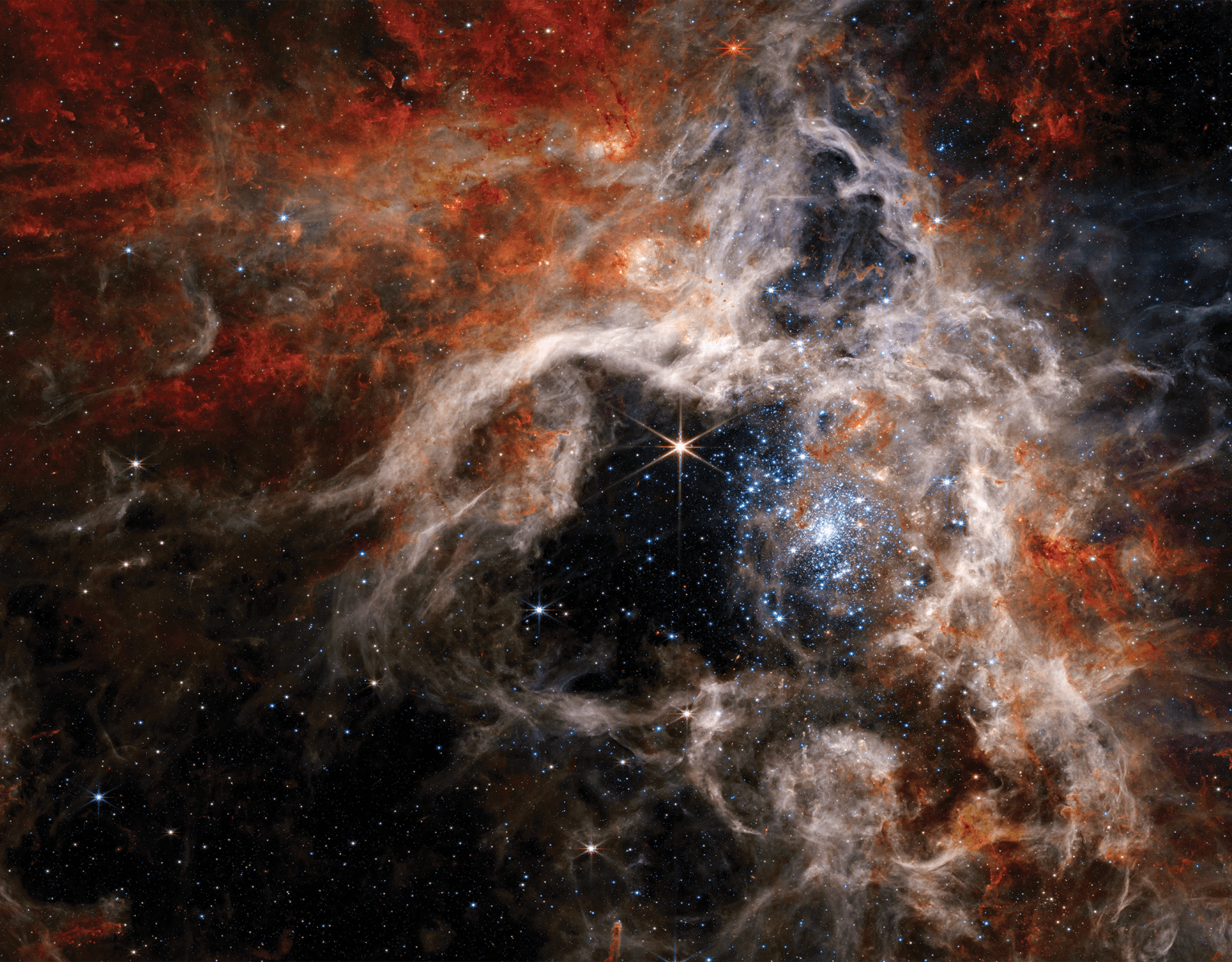
Artemis
Send Your Name Around the Moon
Artemis II will test NASA’s deep space capabilities as humans fly on the Space Launch System rocket and Orion spacecraft for the first time. Join the mission by launching your name around the moon alongside NASA astronauts Reid Wiseman, Victor Glover, Christina Koch, and Canadian Space Agency astronaut Jeremy Hansen.
Artemis II Boarding Pass about Send Your Name Around the Moon